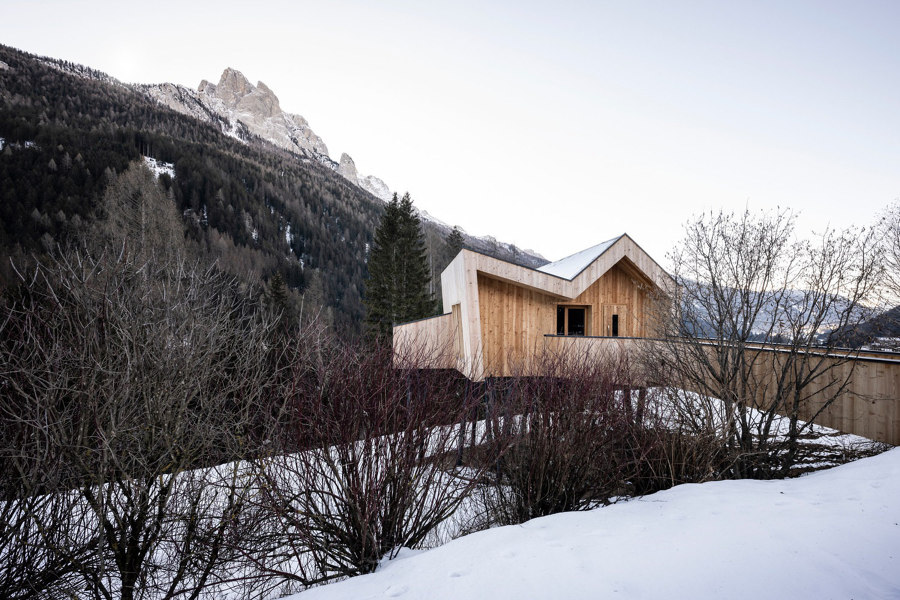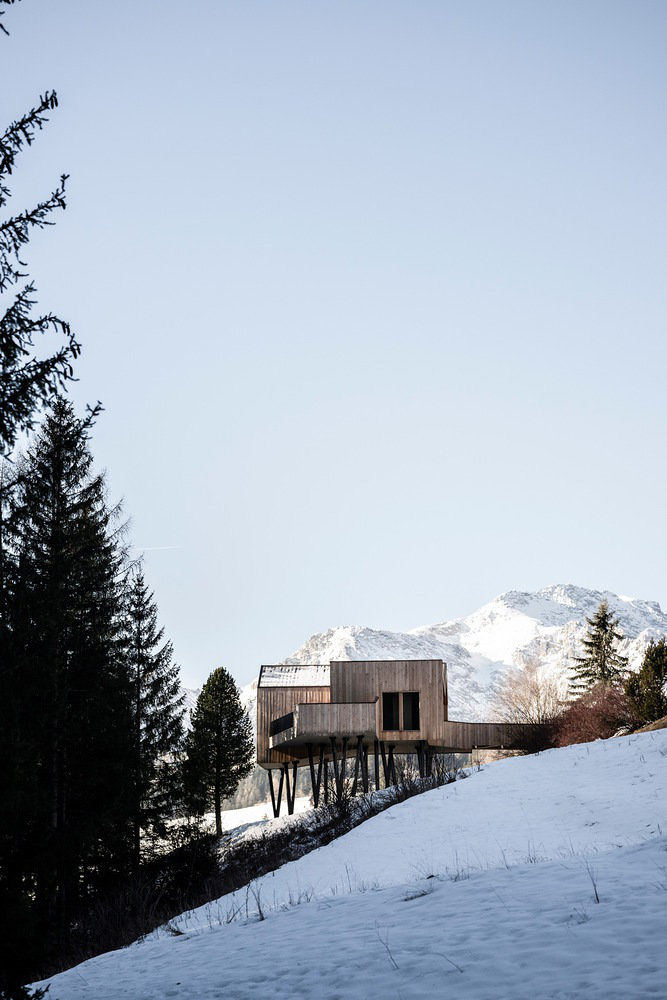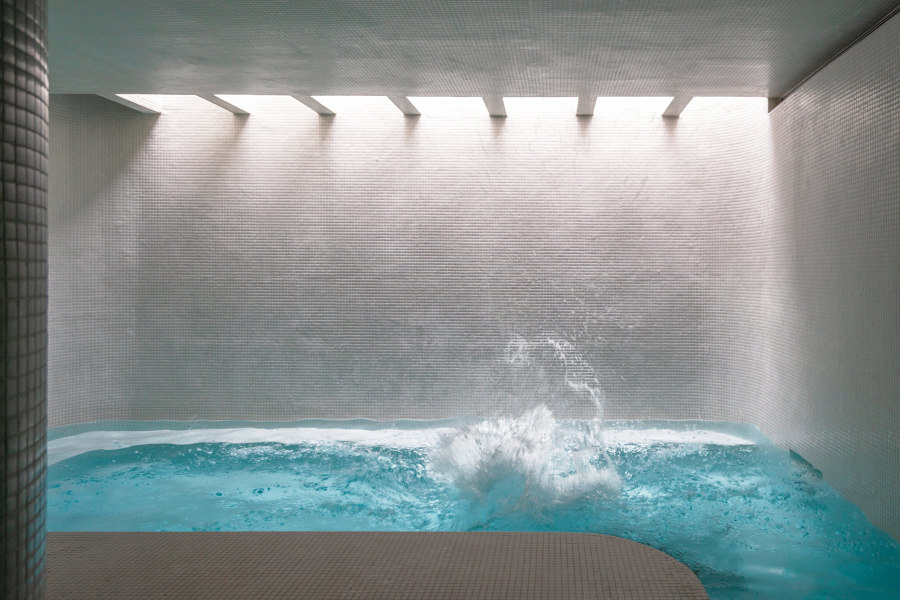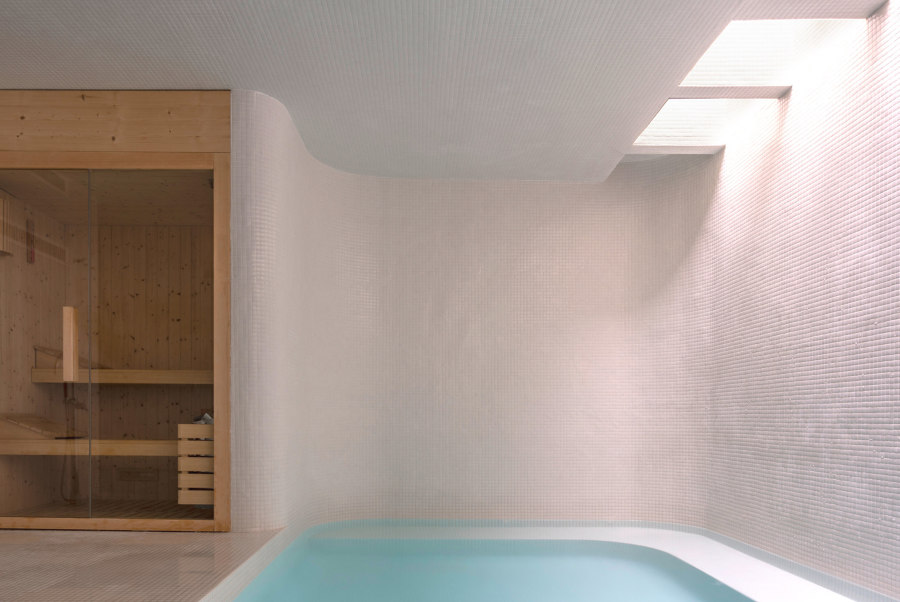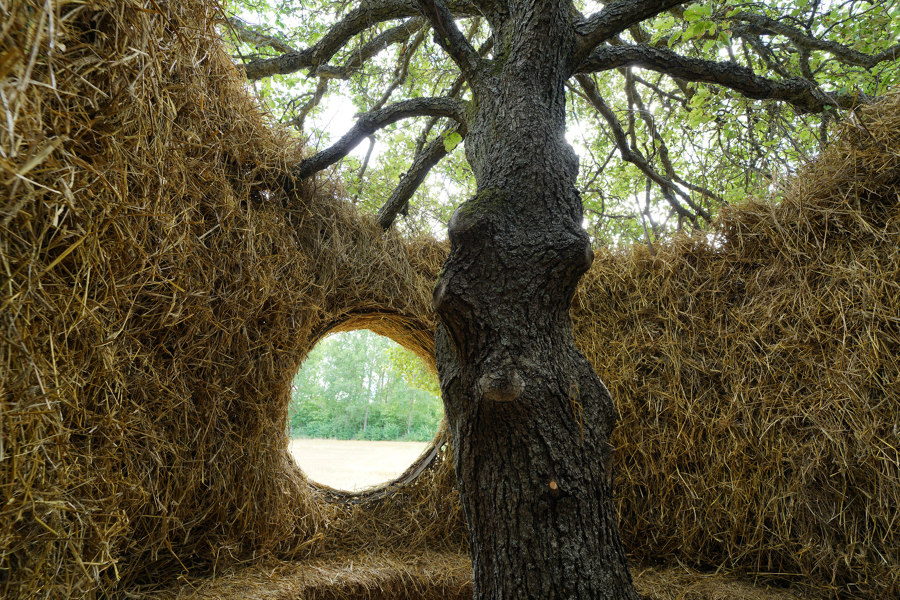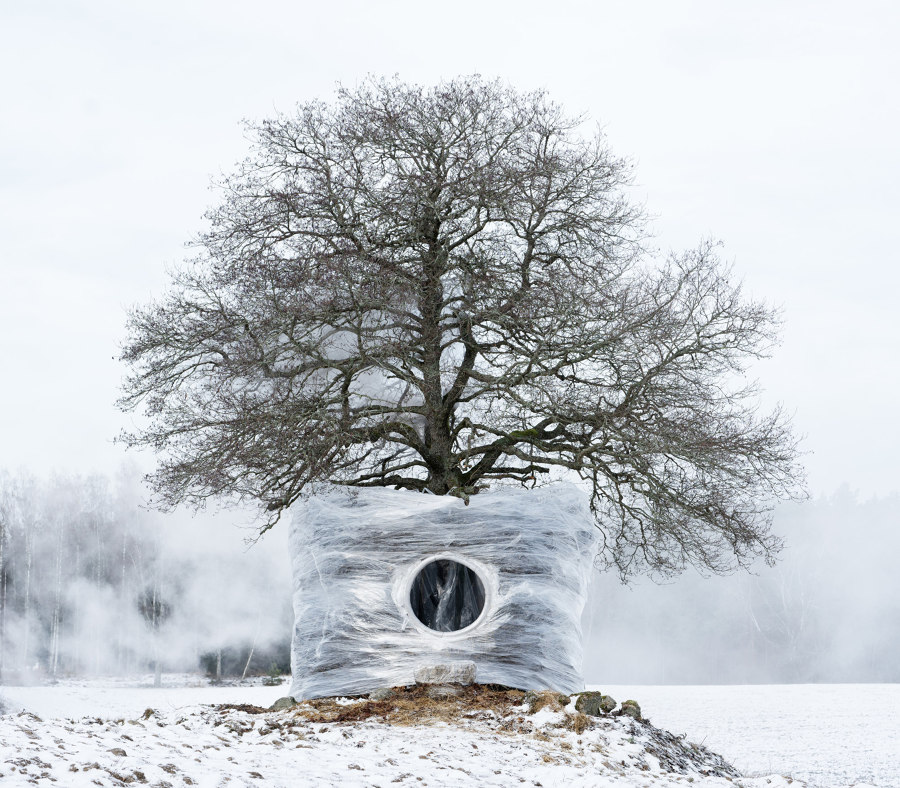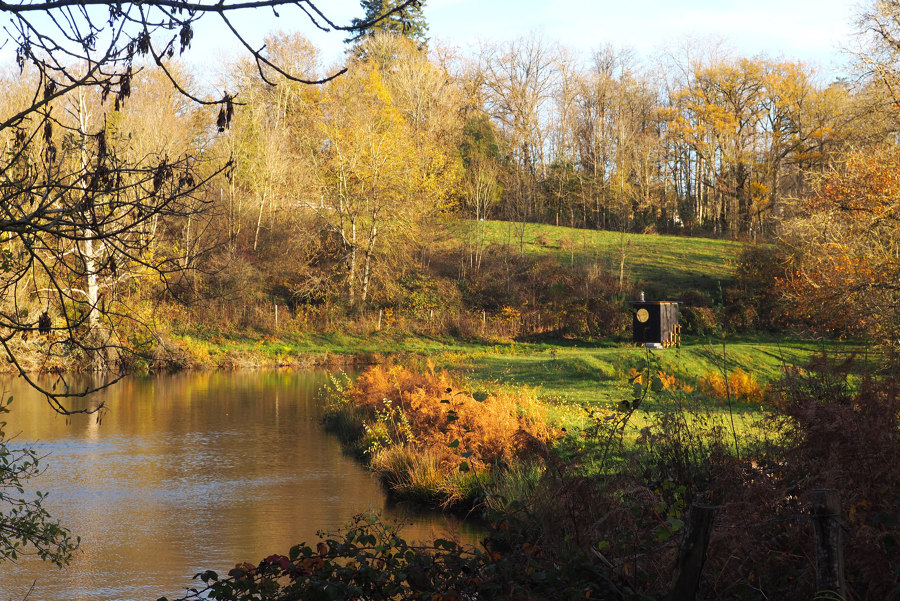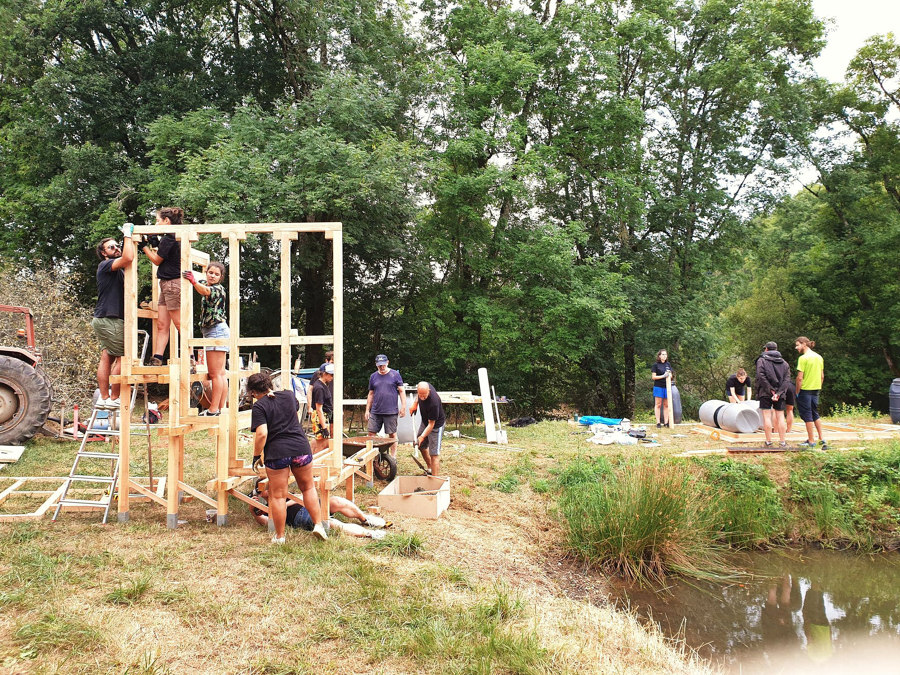Sauna escapes that warm up users with natural wellness
Text by James Wormald
24.10.23
These four saunas combine natural locations and thermo-climatic architecture to lower stress levels by raising body temperature, all as part of a rounded wellness regime.
The dark interior of the Olympic Spa Hotel’s isolated sauna building, lined with black-wax-treated spruce, helps to enhance the view of the forest through wall-to-wall glazing. Photo: Alex Filz

The dark interior of the Olympic Spa Hotel’s isolated sauna building, lined with black-wax-treated spruce, helps to enhance the view of the forest through wall-to-wall glazing. Photo: Alex Filz
×The science of saunas can be as foggy as their interiors. While physicians continue to argue about the extent of the physiological benefits and dangers of sustained exposure to high-temperature, high-humidity environments, humans have used saunas to form part of a healthy lifestyle for thousands of years.
The heat and/or humidity cause cardiovascular effects such as increased heart rate, skin blood flow, cardiac output and sweating, which itself facilitates temperature homeostasis – the body’s ability to regulate its core temperature. Meanwhile, exposing oneself to nature is also proven to reduce stress and improve wellbeing, too. These four saunas from around the world combine the physiological and psychological benefits of heat and humidity to improve their users’ health and wellness, inside and out.
The solitary sauna is positioned at the end of an aerial path a short walk from the main hotel buildings, forcing users to embrace the cold air outside before entering, and to cool down on their return. Photos: Alex Filz
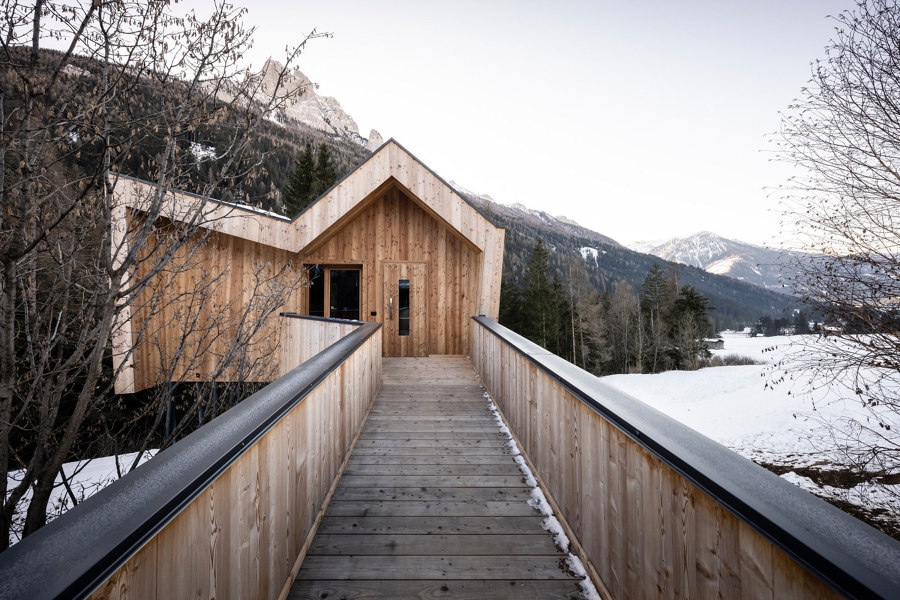
The solitary sauna is positioned at the end of an aerial path a short walk from the main hotel buildings, forcing users to embrace the cold air outside before entering, and to cool down on their return. Photos: Alex Filz
×Olympic Spa Hotel in Sèn Jan Di Fassa, Italy, by noa• network of architecture
The emphasis is on direct contact with nature
When the Olympic Spa Hotel in northern Italy added new rooms to its floorplan, they were sunken into the slope behind the original building to provide views of the forest, but served by an underground passageway. When it came to the sauna, however, the architects noa* network of architecture built a separate wooden structure ‘in an elevated position facing the treetops and accessible via an atmospheric aerial pathway,’ explain noa*. ‘The emphasis is on direct contact with nature.’
The underground spa at this domestic community in Madrid, Spain, connects areas like the pool and sauna (top, middle) to the world above with a skylight at the edge of the patio. Photos: Luis Asín
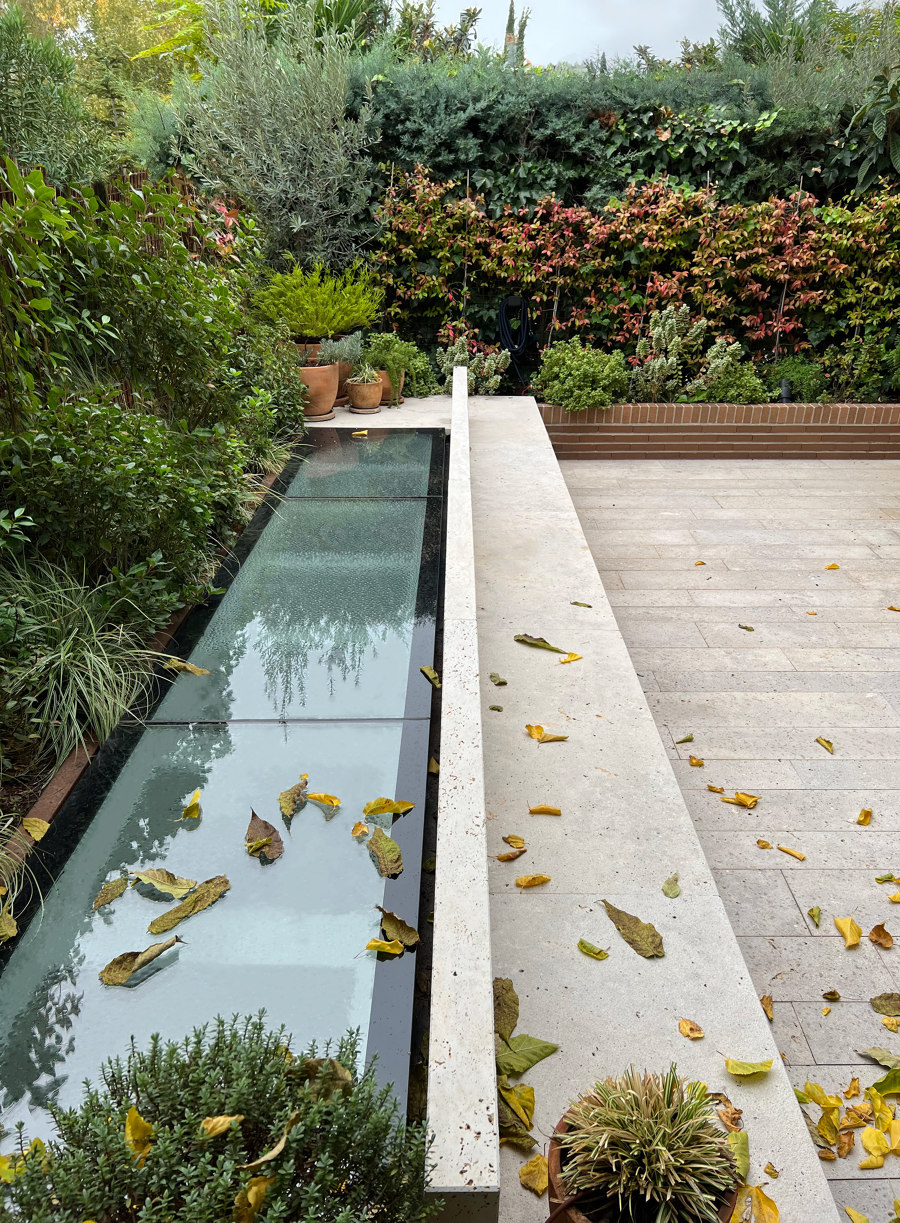
The underground spa at this domestic community in Madrid, Spain, connects areas like the pool and sauna (top, middle) to the world above with a skylight at the edge of the patio. Photos: Luis Asín
×A Smaller Splash! in Madrid, Spain, by Pachon-Paredes
Structuring rest and relaxation into one’s lifestyle, and using them to inform healthy relationships with the concept of wellness, are not activities restricted to vacations. This is why the inclusion of saunas and other spa-inspired environments inside the home has seen growth on a similar trajectory to the wellbeing movement itself.
The underground spa was kept totally isolated, yet connected to nature
This domestic community in Madrid utilised its underground level as a ‘space for body wellness’ as architects Pachon-Paredes introduce. The design arranges rooms and their programmes according to levels of humidity, temperature, pressure and use, meaning users are first lowered into low-humidity areas such as a changing room and gym, before moving out to the spa and pool with sauna at the ends.
The result allowed the underground spa to be ‘totally isolated from sounds and smells and kept condensation from the rest of the domestic levels,’ explain Pachon-Paredes, yet still remain connected to nature by flooding natural light into the pool space through skylights at the patio’s edge.
The One Tree Four Seasons project formed an interior space around a tree by weaving deadwood and encircling hay walls and seating around it (top) then wrapped it in plastic to create a natural sauna in Winter (middle, bottom). Photos: Antti Laitinen
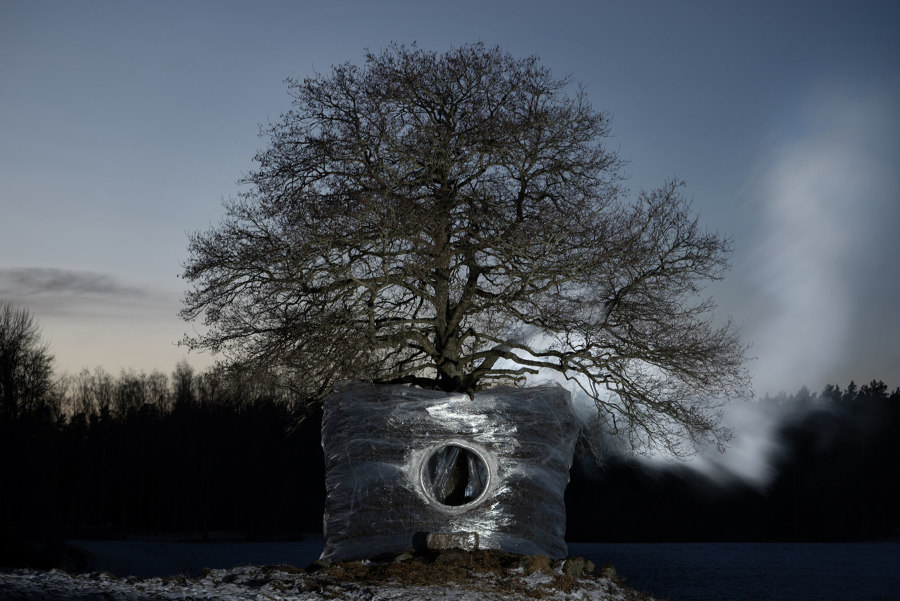
The One Tree Four Seasons project formed an interior space around a tree by weaving deadwood and encircling hay walls and seating around it (top) then wrapped it in plastic to create a natural sauna in Winter (middle, bottom). Photos: Antti Laitinen
×One Tree Four Seasons Installation in Turinge, Sweden, by Ulf Mejergren and Antti Laitinen
Wood is the material of choice for sauna interiors due to its high insulation properties and little heat absorption – meaning it remains comfortable to the touch in heated spaces. Moreover, the use of wood alongside stones and water imbues saunas with an inherent connection to nature. In the straight cuts of the slats, the transparency of the glass and the scientific ventilation processes, however, there are unavoidable man-made elements to saunas, too.
Wood is the material of choice for sauna interiors due to its high insulation and little heat absorption
One Tree Four Seasons is a project that utilises the natural setting of a lonely tree in the centre of a field for a variety of artistic purposes. After encircling walls around the tree by weaving together deadwood from the surrounding forest, then forming a floor, seats and insulating interior walls using hay from the field it resides in, the tree space was wrapped in plastic and transformed into a sauna.
‘The plastic holds the heat and steam on the inside while blending in with the snowy landscape on the outside,’ share architects Ulf Mejergren and Antti Laitinen, and ‘the smoke that rises creates a white moving volume in the bare tree crown.'
As a lockdown project with friends, Le Sauna de Veillac showed how simple, light sauna structures can be built anywhere, without disturbing sensitive environments. Photos: Atelier AJO
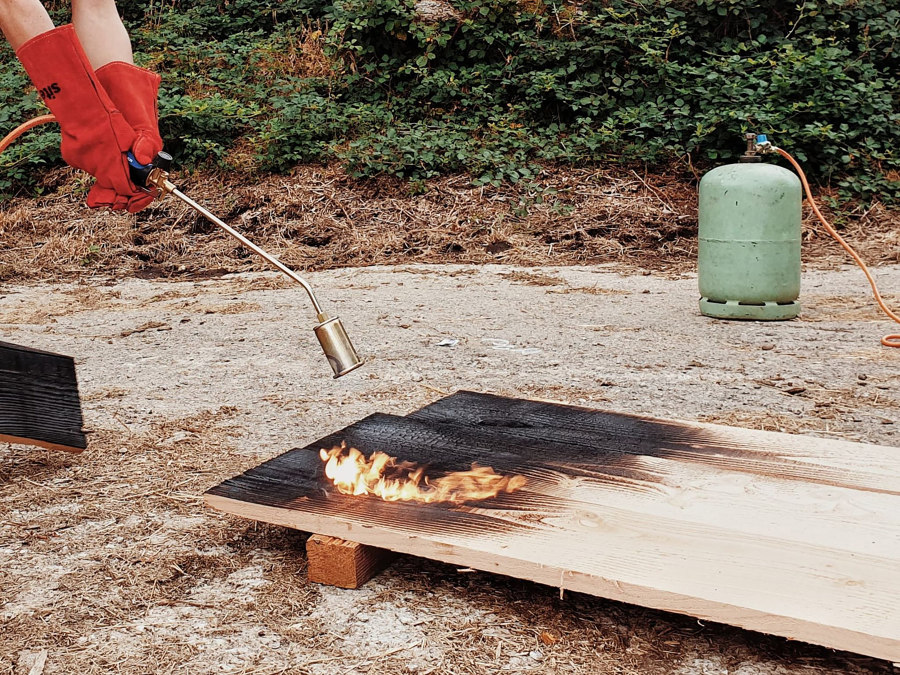
As a lockdown project with friends, Le Sauna de Veillac showed how simple, light sauna structures can be built anywhere, without disturbing sensitive environments. Photos: Atelier AJO
×Le Sauna de Veillac in Pont-de-Salars, France, by Atelier AJO
While saunas provide a luxurious setting for those looking to unwind, they do not always require an immense amount of budget and labour – or indeed an available basement or solitary tree. Le Sauna de Veillac was born out of a daydream thrown into conversation over a family dinner, and the five-metre-square structure – a lockdown project built by friends during the summer of 2020 – arose soon after.
Set tantalisingly close to the edge of a lake on a family flower farm in the south of France, the sauna’s micro-pile foundations make little permanent impact on the fragile environment, and using the traditional Japanese method of Shou Sugi Ban to preserve the wood used for its facade, the resulting ‘charred timber planks give the structure good weather resistance,’ explain architects Atelier AJO, allowing it to remain in situ for years to come.
© Architonic
Head to the Architonic Magazine for more insights on the latest products, trends and practices in architecture and design, or find inspiration in a whole world of projects from around the globe through ArchDaily’s architecture catalogue.

